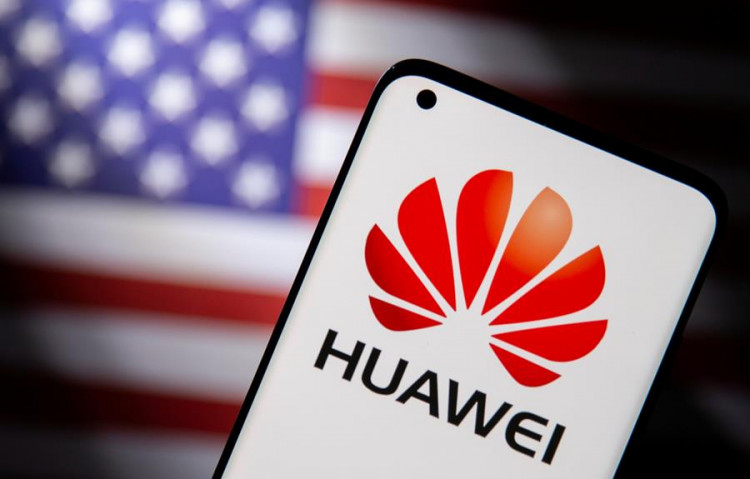Huawei is set to make a bold move in the global smartphone arena by unveiling its latest innovation just hours after Apple's anticipated iPhone 16 announcement. Scheduled for September 10 at 2:30 p.m. Beijing time, Huawei's event is strategically timed to capture attention in the wake of Apple's "It's Glowtime" event, which will introduce the iPhone 16 series on September 9.
Huawei's announcement comes as a direct challenge to Apple, aiming to leverage the spotlight from its rival's major product reveal. The timing of the event, which coincides with the late evening of September 9 in the U.S., is designed to capitalize on the buzz surrounding Apple's new offerings. The company's move is not merely a tactical maneuver but also a demonstration of its continued ambition to reclaim a prominent position in the competitive smartphone market.
In a recent post on Weibo, Huawei's Richard Yu, head of the company's consumer and automotive technology group, teased the upcoming product as a "leading, innovative, and disruptive" device. Yu described the product as "epoch-making" and hinted that it represents a significant technological leap, having been developed over five years of investment. "This is an epoch-making product that others have thought of but cannot make," Yu stated, suggesting that Huawei's new device could redefine industry standards.
The centerpiece of Huawei's announcement is expected to be the world's first tri-fold smartphone. The device, which has been the subject of much speculation and anticipation, is rumored to feature a unique 'Z' shape design with three ultra-thin panels and two opposing hinges. The latest teaser poster released on Weibo showcases this innovative form factor, promising a device that folds in multiple directions.
While detailed specifications of the tri-fold smartphone remain under wraps, early images suggest a device with a substantial rear camera bump and an intricate hinge mechanism. The complexity of the design could present challenges for mass production, with some reports indicating that Huawei might be working to reduce costs before scaling up manufacturing. The tri-fold concept has parallels with similar devices from other manufacturers, such as TECNO's Phantom Ultimate 2, but Huawei's offering is expected to push the boundaries of current technology.
Huawei's strategic timing for this product launch is seen as a calculated effort to divert some of the attention from Apple's new iPhone 16 series. The Chinese tech giant's resurgence in the market has been notable, especially in China, where it has regained ground lost during the height of U.S. sanctions. According to Canalys, Huawei's smartphone shipments in China surged 41% year-on-year in the second quarter of 2024, positioning it once again as a formidable competitor in the domestic market.
The timing of Huawei's launch is particularly significant given the challenges Apple has faced in China. The iPhone maker has struggled to maintain its market share in the region, resorting to discounts and promotions to attract customers. By unveiling a groundbreaking product immediately after Apple's event, Huawei aims to capitalize on the media and consumer focus surrounding the new iPhone, potentially drawing attention away from Apple's latest offerings.






